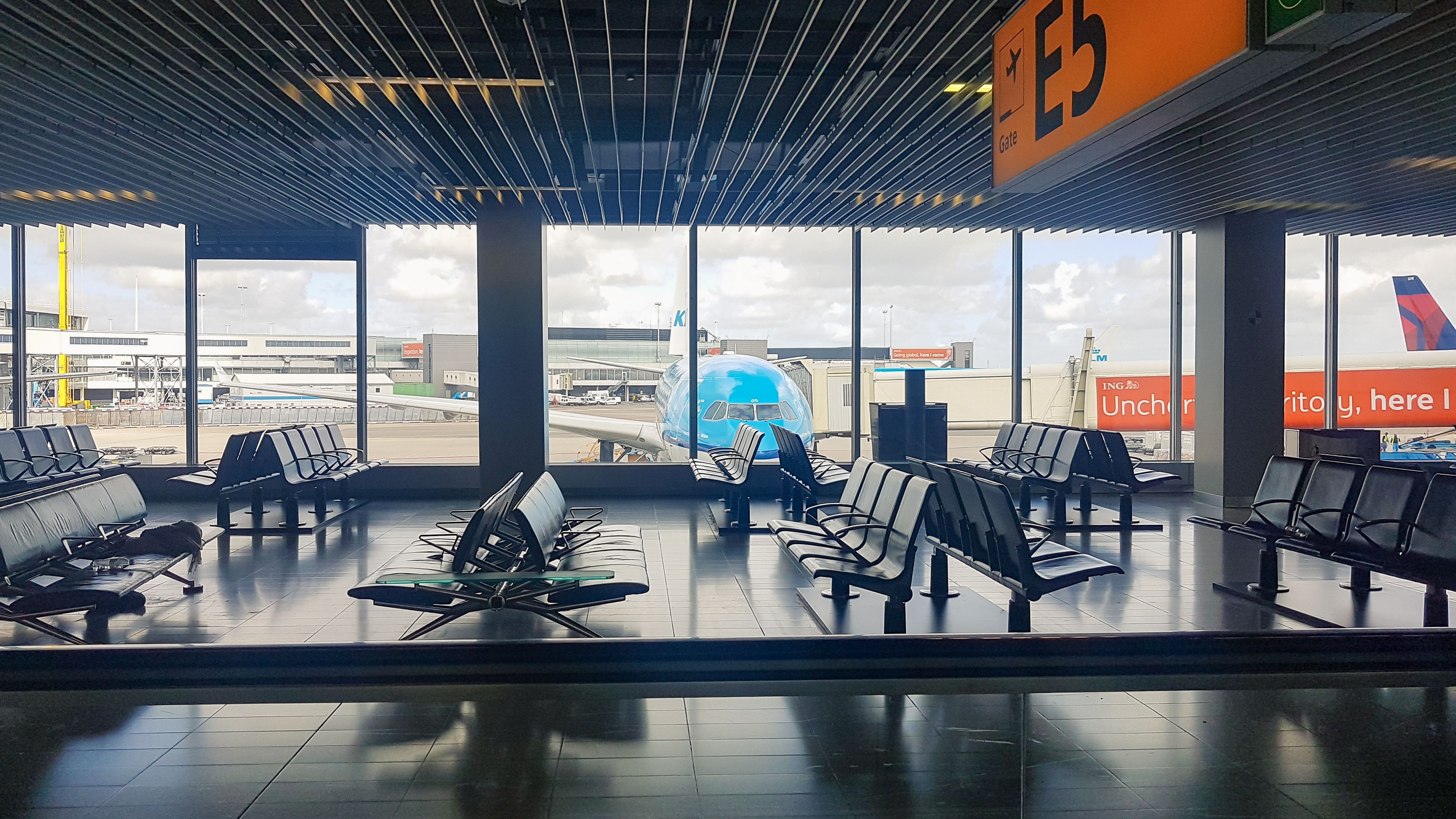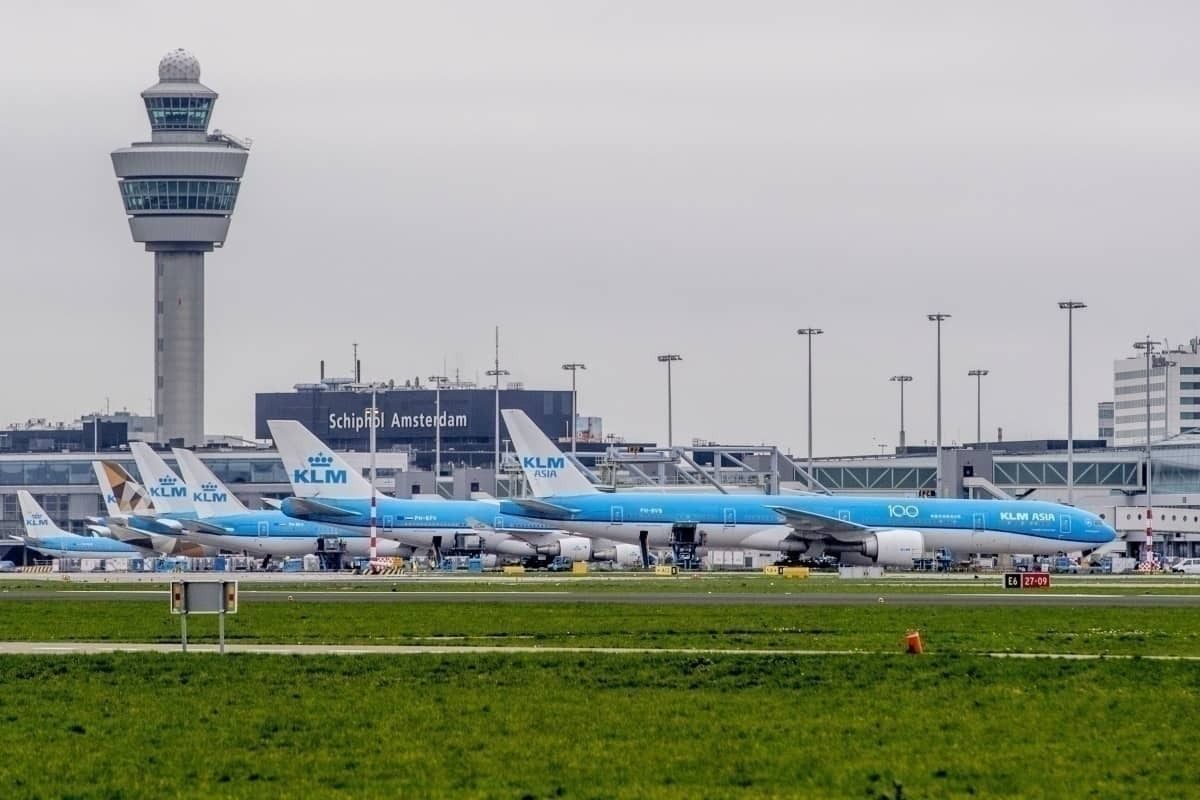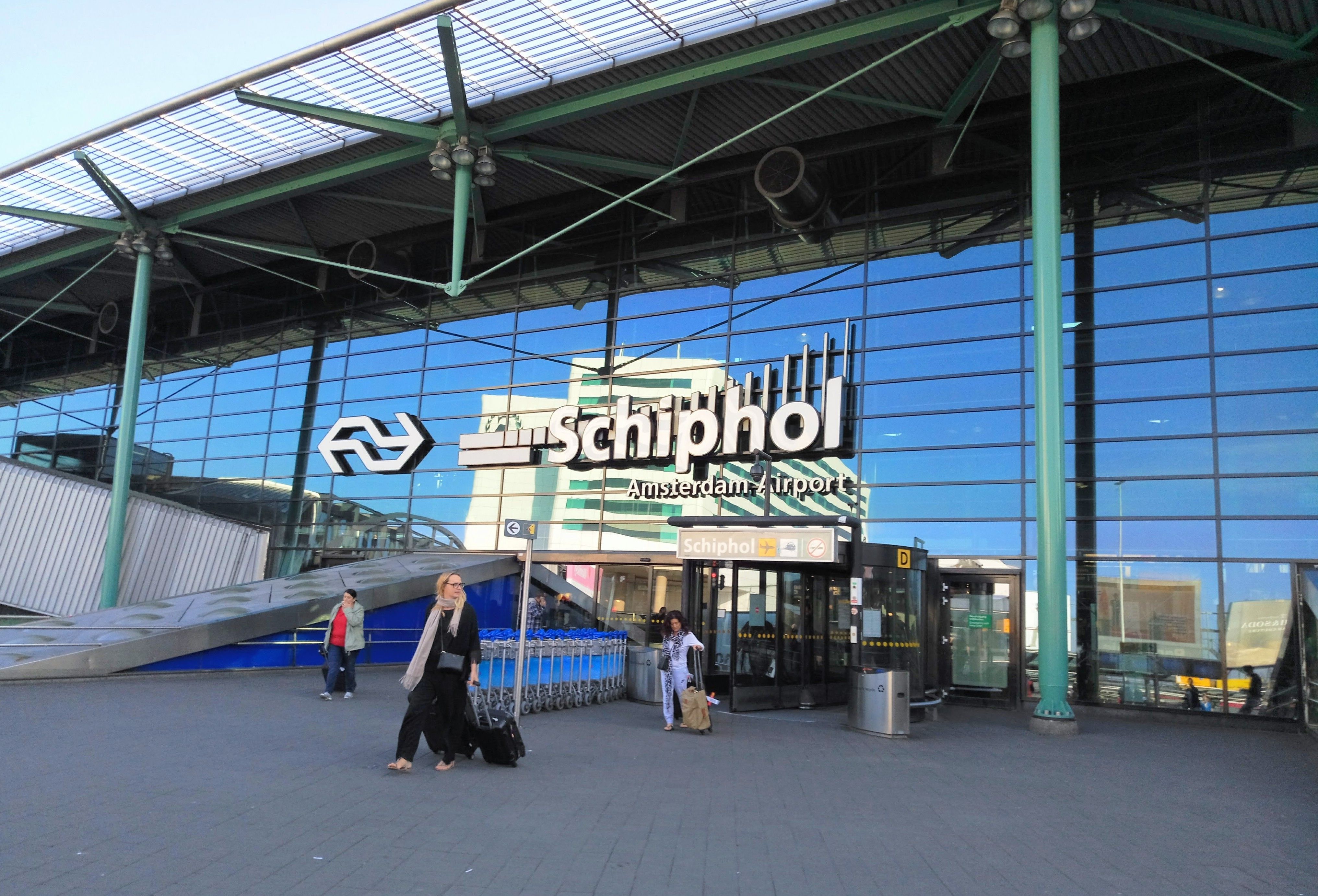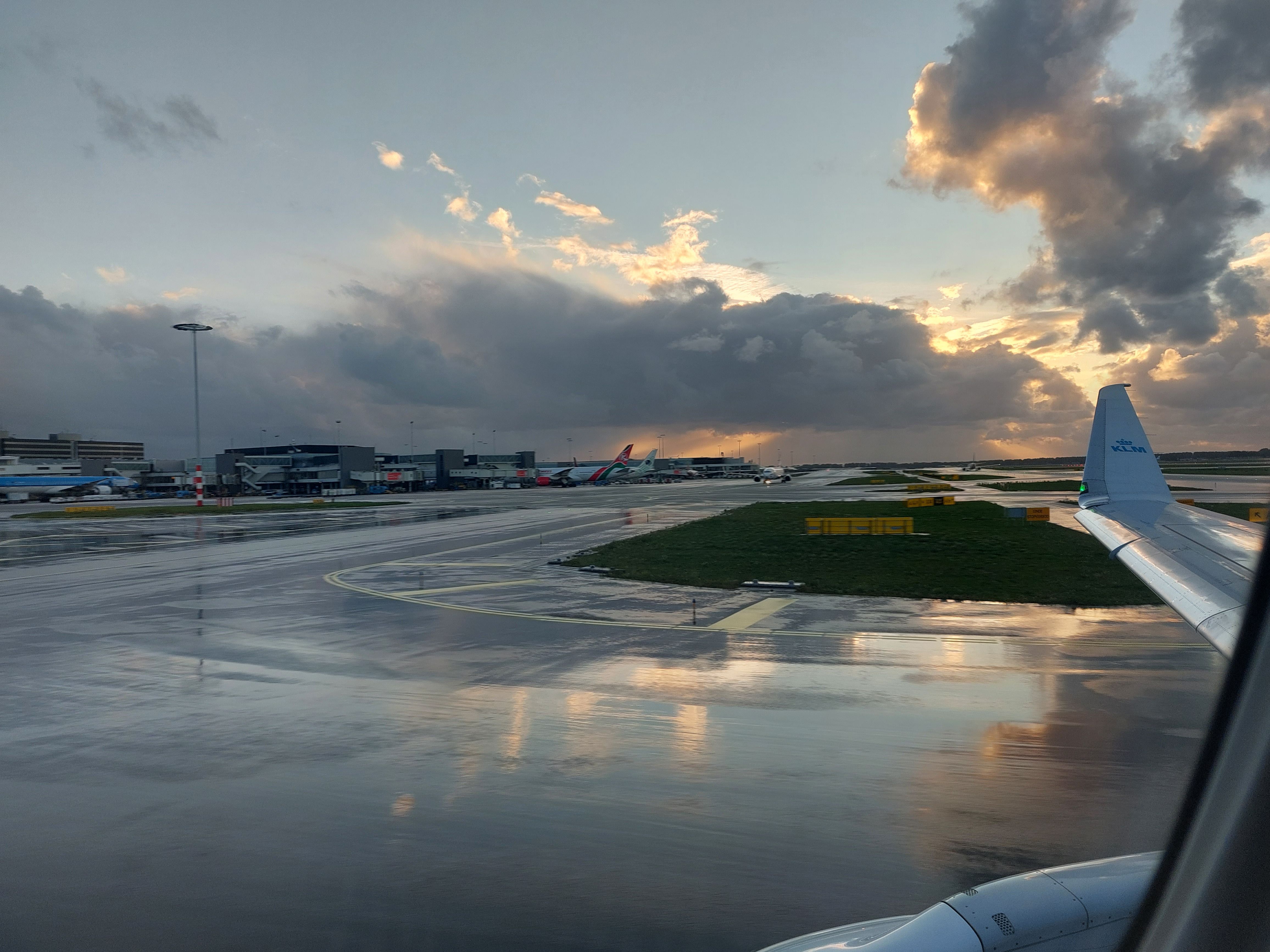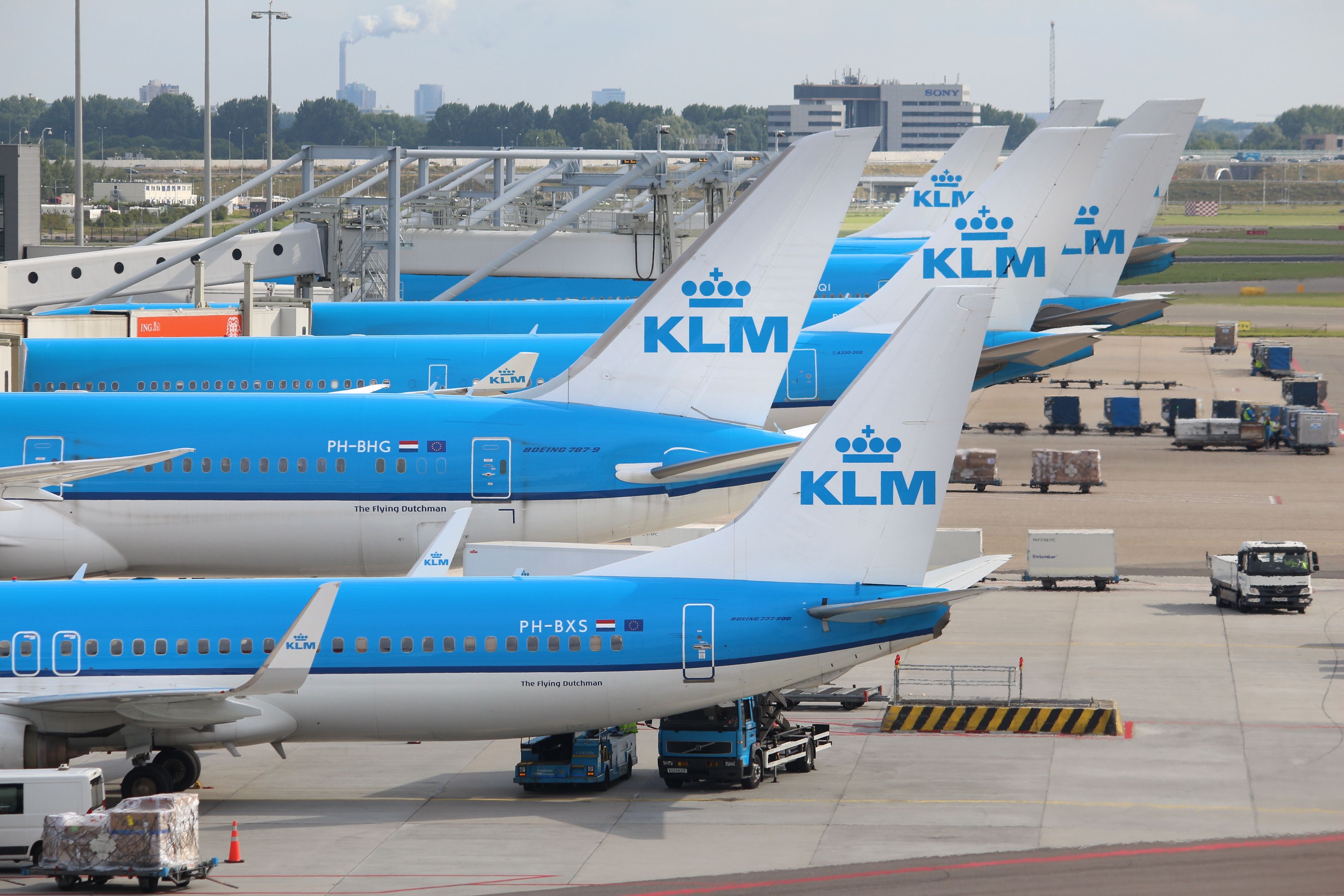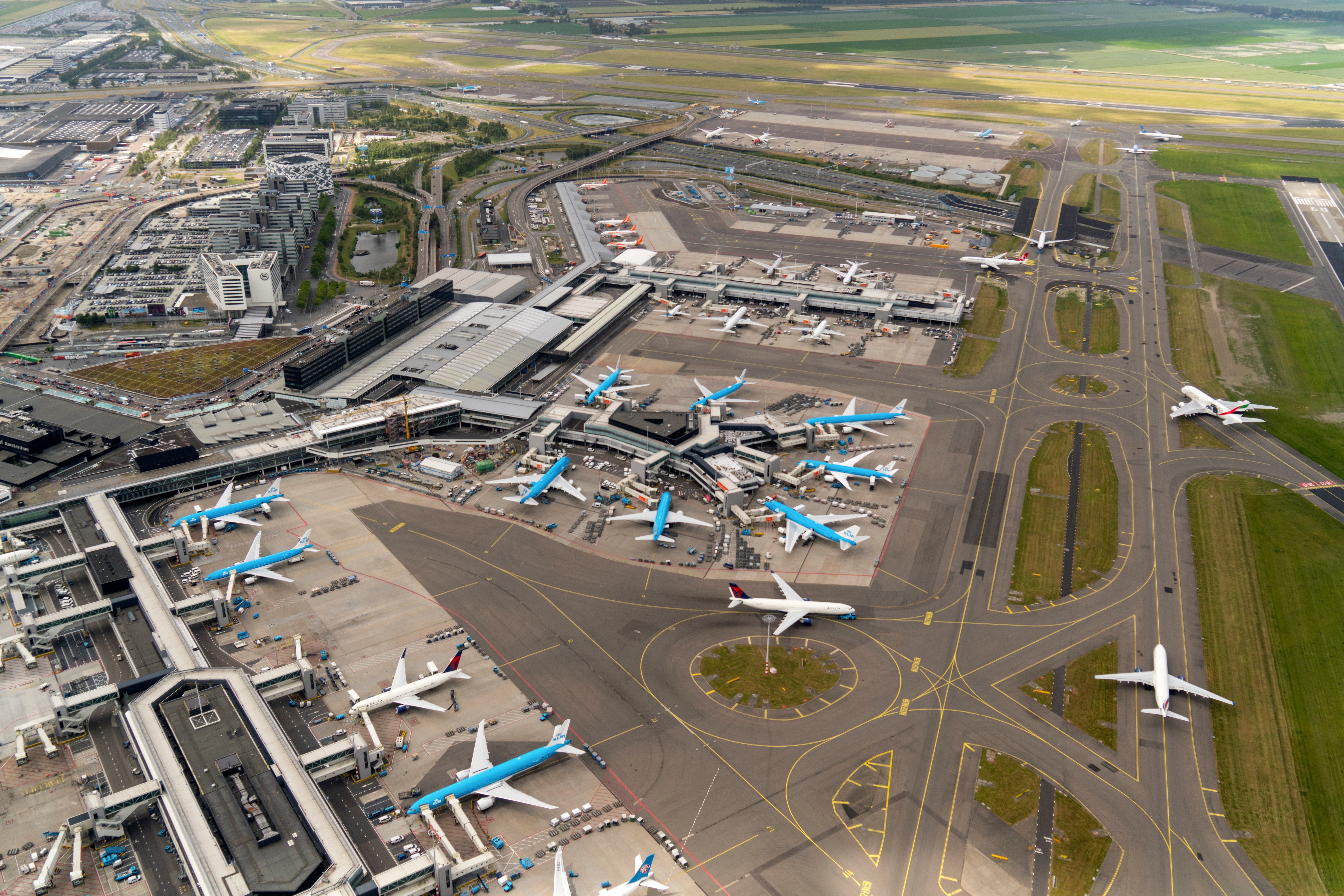Summary
- Amsterdam Schiphol is a single terminal divided into three departure halls, making it easy for passengers to walk between gates and avoid long wait times.
- Connecting times vary depending on flight type and piers, with KLM recommending at least 40 minutes for Schengen flights and 50 minutes for non-Schengen flights.
- Immigration can get busy during the mornings and early afternoons, but the airport has automated lanes for EU passport holders to expedite the process. Planning in advance and giving extra time for switching between piers is advised.
Amsterdam Schiphol (AMS) is one of the busiest airports in all of Europe, and indeed the world, serving hundreds of short-haul and long-haul destinations situated all over the world. As a hub for KLM and many other airlines, passengers may often find themselves connecting at this airport. With this in mind, let's take a closer look at how long you need to connect at Amsterdam Schiphol.
The airport
Unlike many of the largest hub airports in the world, Amsterdam features a single terminal divided into three departure halls, which are numbered as 1, 2, and 3. The single terminal allows passengers to walk between their gates and avoid long wait times for transfer options. Depending on the flight, passengers may have to clear passport and border checks when moving between halls.
Hall 1 caters exclusively to Schengen Zone flights (travel between the 26 border-free EU states) and uses Piers B, C, and D. Hall 2 is the largest, and caters to both international and Schengen flights, using Pier D and E. SkyTeam passengers flying on KLM, Delta, or others, along with major Middle Eastern and East Asian carriers will likely find themselves in Pier E when connecting onto international flights.
Want answers to more key questions in aviation? Check out the rest of our guides here!
Meanwhile, Hall 3 is also a mixed terminal, which is dominated by SkyTeam airlines that use Piers F, G, H, and M. Passengers on low-cost airlines will find themselves in Piers H or M, depending on if their flight is operating within the Schengen Zone or internationally respectively. Piers F and G cater exclusively to non-Schengen flights, with SkyTeam prevalent in the former of these structures.
Connecting time
Depending on your flight type and piers, passengers can find themselves with varying connecting times. KLM recommends setting aside at least 40 minutes for Schengen flights, a realistic figure given the lack of passport checks. Of course, this is assuming your bags are checked through, and you have the necessary boarding pass, without which you'll have to exit the airport and clear security again.
Get the latest aviation news straight to your inbox: Sign up for our newsletters today!
Walking between gates can take anywhere between two and 30 minutes, depending on the distance, so be ready to sprint across the terminal if your inbound flight is late. There are no additional security checks, so passengers can simply walk to their next gate.
Meanwhile, KLM recommends at least 50 minutes of transit time for non-Schengen flights. This allows a bit of cushioning for passengers that have to be processed at Amsterdam's passport control. KLM offers the following advice:
"The minimum required transfer time at Amsterdam Airport Schiphol is 40 minutes for Schengen flights and 50 minutes for non-Schengen flights. Please note, though, that if you travel to a non-Schengen country, you’ll need to go through additional security and passport checks. This could increase your required transfer time."
Again, your airline could make a difference. Depending on the destination, SkyTeam airlines could be placed at the same pier, cutting down transit time by a lot. However, if your airline is located at a different pier, or you are connecting from an EU flight, the walk could be up to 30 minutes. Be sure to check the screens!
With this in mind, planning in advance is crucial if you want to avoid being stretched for time. If you have to switch between piers, giving yourself plenty more time than the minimum recommendation of 40-50 minutes would be a good idea.
Quick tips
Immigration tends to get busy during the mornings and early afternoon, so be sure to leave extra time if you're connecting around then. That being said, the airport does have automated lanes for EU passport holders, which has the effect of cutting down the time substantially.
To get a better grasp of how long you might need during transit, Schiphol has a tool on its website that lets you input your flight data to receive personalized transit instructions. Alternatively, you can use the airport's official app and enter your flight information this way.
Generally speaking, Amsterdam Schiphol is one of the easiest major European hub airports to transfer through, rivaled only by competitors such as Paris Charles De Gaulle and London Heathrow. Even during the recent pandemic years, minus a few temperature checks, transit will have been a breeze for most.
A key reason for this is the fact that the airport sees such a high proportion of transit passengers. As such, it makes sense that it has been designed to optimize connections between flights. Simple Flying researched the proportions last year, and found that about 35% of Schiphol's guests are transit passengers.
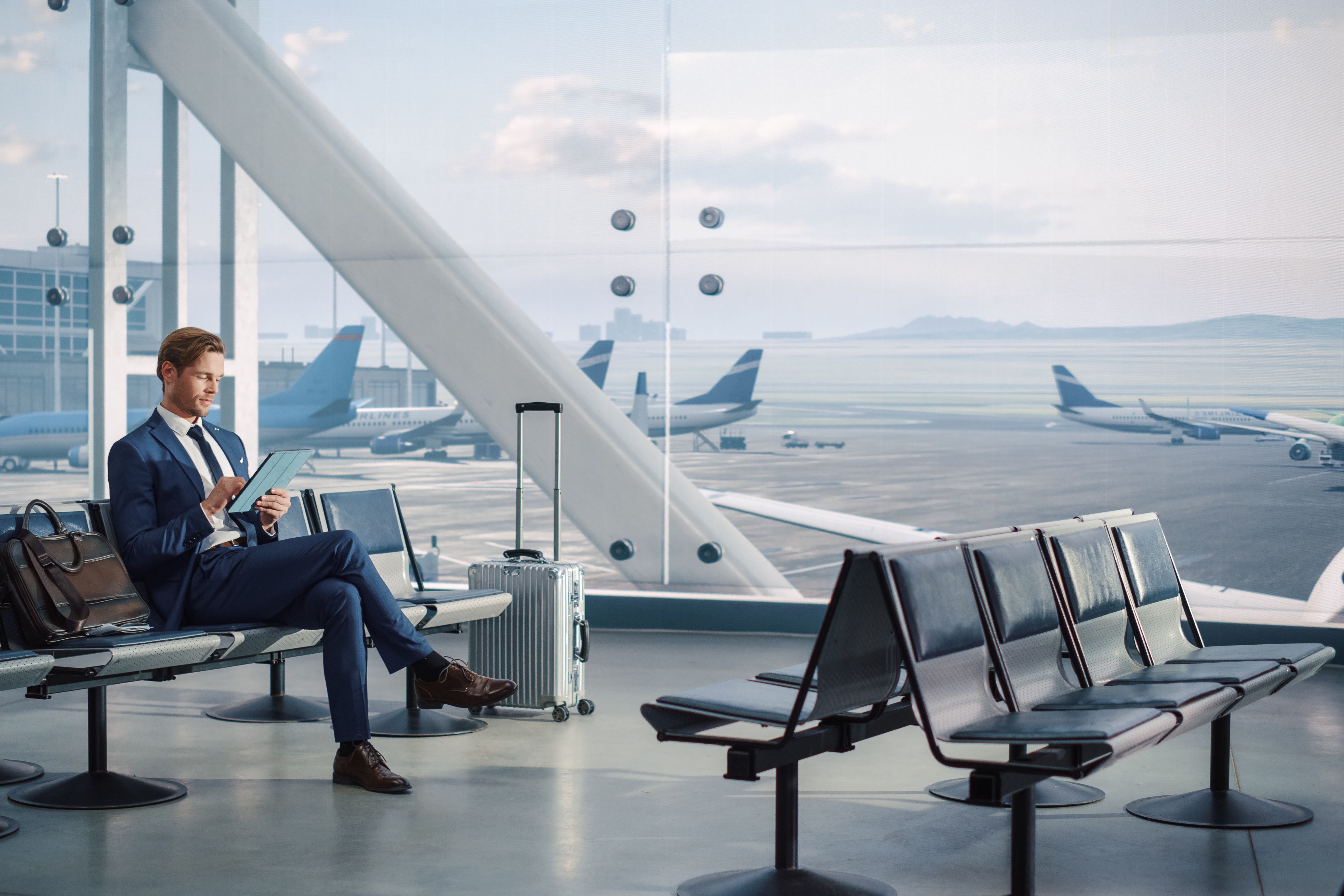
Connecting Flight? How To Ensure A Smooth Travel Experience
Weather and seasonal delays must be anticipated when booking connecting flights.Recent struggles
Amsterdam Schiphol Airport has seen a considerable rebound in passenger traffic over 2023 following two years of downturn due to the pandemic. This factor has caused substantial operational issues at Schiphol, with cancellations, delays, and crowding causing severe problems for passengers. The airport has eased its struggles by bringing in more employees, optimizing the flow of passengers, and forming agreements with airlines about flight planning.
In January this year, it announced that it would be removing its passenger caps, which were one measure designed to ease crowding. As of November 2023, Amsterdam Schiphol ranks in the top five busiest airports in the world and recently announced the suspension of planned passenger caps for next year - the scheme would have seen around 50,000 flights scrapped over 2024.
A series of infrastructure upgrades at Schiphol promise to make the passenger experience even better over the next few years. The airport recently announced it would pump over $3 billion into upgrades, which will include a new baggage basement, walkways and passenger bridges, between 2024 and 2027.
Have you flown through Amsterdam Schiphol before? How was your experience connecting? Let us know what you think of the airport in the comment section!

